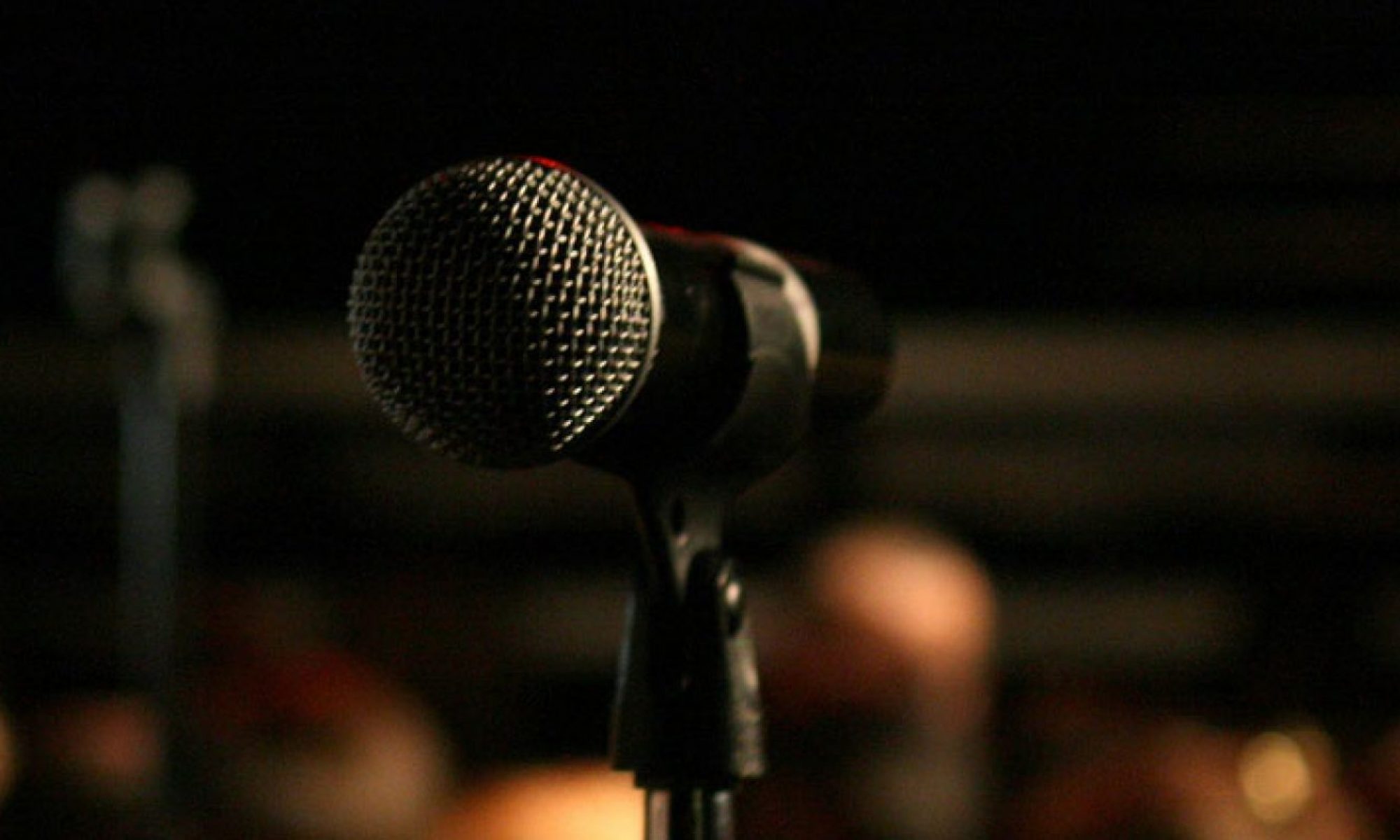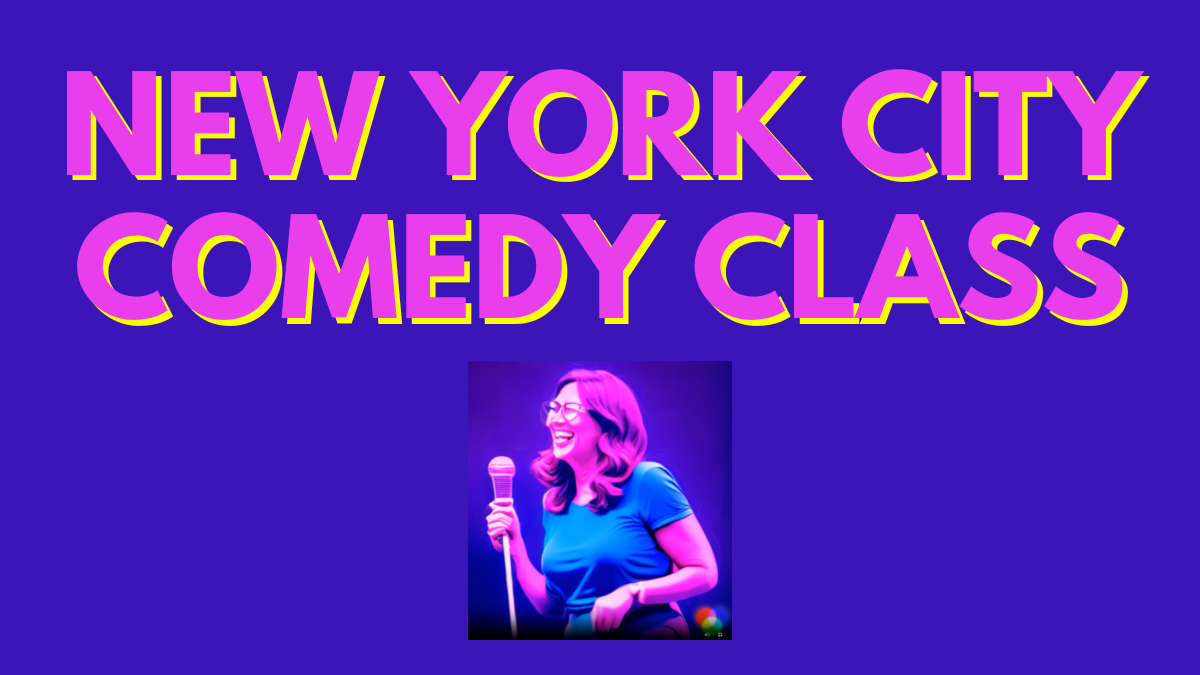Are you a new comedian trying to figure out how to get more stage time in New York City? Here are the five main ways most comedians start performing more regularly.
Bringer shows
What is it: In order to perform, you as the new comedian have to bring X number of people (between 2 and 15 at most places) who are willing to pay a cover charge and two drinks to watch (usually between 10 to 15) different comedians do shorter sets.
Pros: You get a real live audience. And you meet lots of different comedians, including (usually) some professionals, which can be good for networking. And since part of the audience knows you, they’re more likely to laugh at your jokes, which may help the people who don’t know you to start laughing as well, that whole laughter is contagious thing. People that work at the comedy club might notice you and you end up performing on regular shows without having to bring anyone.
Cons: Unless you’re super popular, you can run out of people to invite to shows really quick, the audience can be too supportive to the point that you don’t learn what’s truly funny, and you end up stressing about all your people showing up instead of concentrating on your act. You also have very little control over the quality of the other comedians. Some might be great, others might be more questionable.
Barking
What is it: You stand outside of the comedy club or bar, usually on a busy foot traffic corner, trying to hand out fliers to passerbys while convincing them they have nothing better to do right now than to come watch a stand-up comedy show. You usually stand outside and “bark” for 1-3 hours in exchange for 5-10 minutes of stage time.
Pros: You don’t have to stress about bringing friends. Most clubs will pay you a couple of bucks for each person you successfully convince to come to the show – so you’re technically getting paid to do comedy! Also, the audience doesn’t know you, so the laughter can be trusted. And you practice cold-selling and rejection, which are useful life skills.
Cons: You have to stand outside for 2-3 hours – this can be brutal especially in NYC winters. You get rejected almost all of the time. And if the comedy club has more than one show that night, you’re outside for almost the entire time except for when you perform. Meaning you can’t watch and learn from other comedians performing.
Open Mics
What is it: You pay $5 for five minutes of stage time. (Sometimes it’s totally free, other times it’s “buy a drink”.) Actual open-mic stage time ranges from 3 minutes to 8 minutes depending on the venue.
Pros: Anyone can get stage time. If you plan out your evening, you can do 2-3 mics a night nearly every night (in NYC at least). You often make your best comedy friends at open mics because they are also starting out.
Cons: Anyone can get stage time. You know those comedians that weren’t funny at the bringer show? Well, they’re better than many of the people at the open mics who are as likely to rant without purpose as they are to have punchlines. Also, in New York, the only people that come to watch open mics are other comedians. And they barely pay attention and just think about their set instead. This is not very helpful when you’re trying to learn what a real audience will find funny.
Comedy Class
What is it: You pay to sign up for a comedy class with other aspiring comedians. An instructor explains the basic comedy techniques and then gives you writing prompts and then feedback on your joke ideas and performance. (Related: How to choose a comedy class.)
Pros: You have weekly deadlines and structure to keep you accountable. You interact with the same students over the course of the class and build camaraderie. It feels safer and more controlled than a random open mic.
Cons: A comedy class is more expensive than doing a random open mic. Eventually, you’ll most likely have to write jokes on your own. While it’s a great learning environment, if this is the only type of comedy you practice – you might not build the polish and confidence to handle any crowd.
Run Your Own Show
What is it: You get a local bar with a back room or a comedy club on a slow night to let you run your own show. This can be once a month, weekly or a one-off.
Pros: You’re in charge of everything! Depending on the venue this might even mean bringing your own lights and sound. You book the Emcee/host. You book all the comedians that can perform. You decide who gets paid how much. You decide how long every comedian does, including yourself. Sometimes you can book other comedians who run their own shows and they’ll put you on their show in exchange, thereby increasing your stage time.
Cons: You’re in charge of everything! You’re in charge of the marketing and getting audience to show up. If a comedian cancels at the last second for another gig, you’re in charge of finding their replacement.
Conclusion
If you’re serious about improving as a comedian and becoming a paid, working professional, you should be getting on stage as much as possible. We would recommend AT LEAST five nights per week. Aka treat it like a job before it becomes a job. If this is your goal, you should be doing a combination of all five types of shows above.


